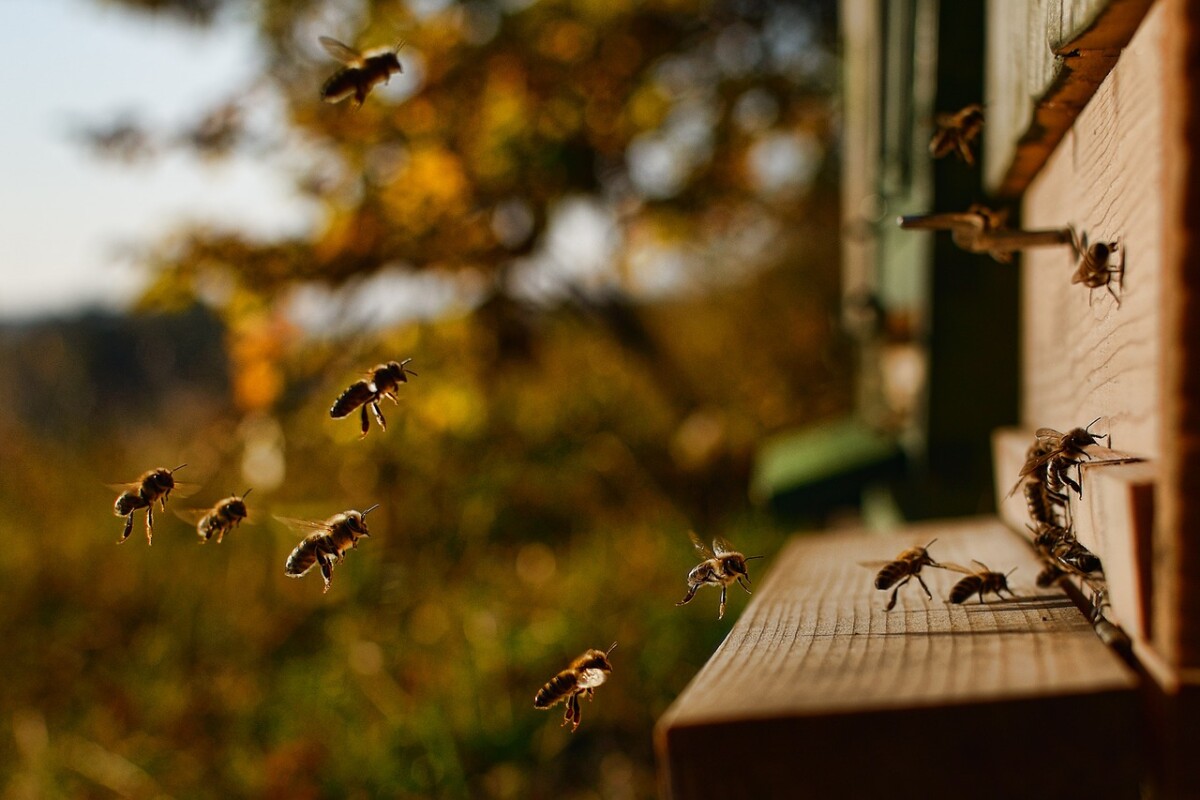Articles

5 exciting business events in Barcelona this May
16 de April de 2024
If you’re not an expert beekeeper and you take a close look at a beehive, you’ll probably think it all looks the same: similar units working to make the honey that you consume. But the actual picture is quite different: The hive is an ecosystem based on specialisation and collaboration from its different types of inhabitants. Queens, workers and drones — while they may look the same, they carry out different functions, spectacularly working as a team.

This takes us to the first key issue at hand: Working as a group isn’t the same as working as a team. In spite of them being considered synonyms, the differences are clear and, in the business world and in professional life, these differences are crucial. Group work implies collaboration, but not shared goals; while teamwork entails collaboration towards common goals. It’s the same difference —mutatis mutandis— there’s between comradeship and collaboration.
We all have a different perception of reality. That’s why communication and empathy are fundamental elements when it comes to working with other people. Finding a common ground in our points of view will help us get to a common reality. The more points of view are shared, the more profitable the answers will be. You know about that famous phrase, “two heads are better than one”… well, in a company, if everyone is isolated from everyone else —or worse, competing with everyone else— then tasks become impossible.
Furthermore, a culture of collaboration guarantees healthy, safe and reliable spaces for the people in the company, which will in turn foster a greater development of all its workers.
Inside a company, goals must be the guiding light of the organisation and teams must be created based on those goals, while also trying to find harmony in its participants and their abilities. It’s fundamental for the people involved to have different views and talents. It’s through this diversity that new and different answers will come up. But that’s not all! Diversity also boosts learning and talent growth. In other words, we can’t have everyone be drone bees or worker bees in our hive — we need to mix it up.
The management in a company must see that this dynamic works, acting upon selection and the talent map, and rethink the organisational strategy and the productive processes. The human resources department also plays an important role as it’s responsible for achieving the needed diversity and to boost each different individual’s strengths.
It’s clear that it’s no easy task to build a winning team — it requires effort, intention and patience. Here’s where art, sensibility and leadership come into play. And this has to come from the managers, who have to combine the talent they have in their lines or, if necessary, go after new talent. In order to do this, it’s very important to bear in mind some things that must be avoided:
Giving place to a culture of collaboration will bring numerous benefits for employees — benefits that, of course, will extend throughout the whole chain of command. When workers know that there’s a team working at full capacity behind them, they feel they’re working on safe grounds and, therefore, are more capable of flourishing and giving their best.
However, the person who creates the team isn’t the sole responsible for its proper functioning — that responsibility is shared with the people who make up the team as well. Teamwork must be accompanied by the right actions that will create the ideal environment. These are some of those actions:
Article written in collaboration with:
Oliva González, Psychologist at Skopos Center and an EAE Professor.